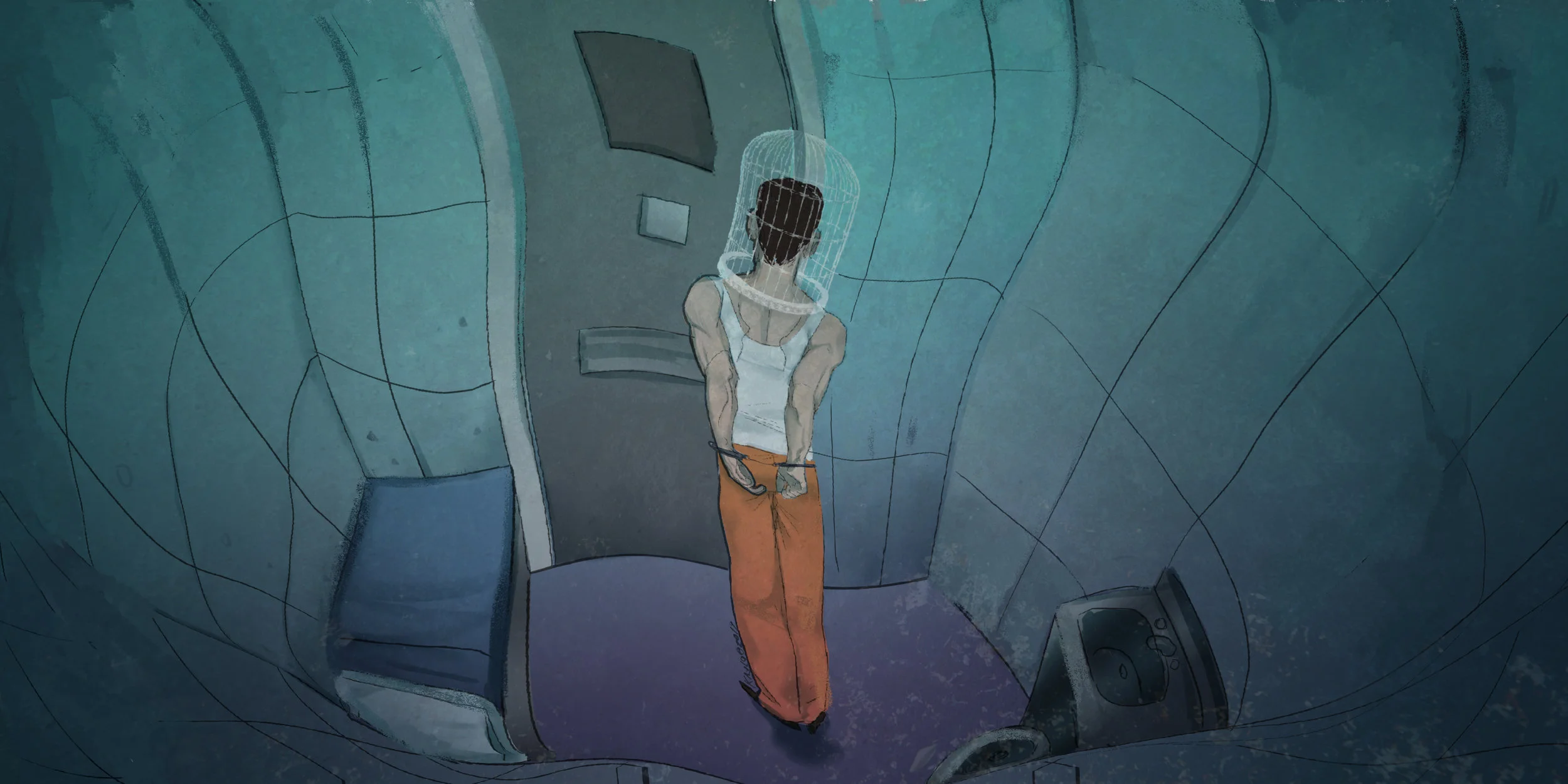Recent Articles
Articles

Young at heart
Current Issue
All Issues of Lateral
Previous Issues
All Issues of Lateral




































































